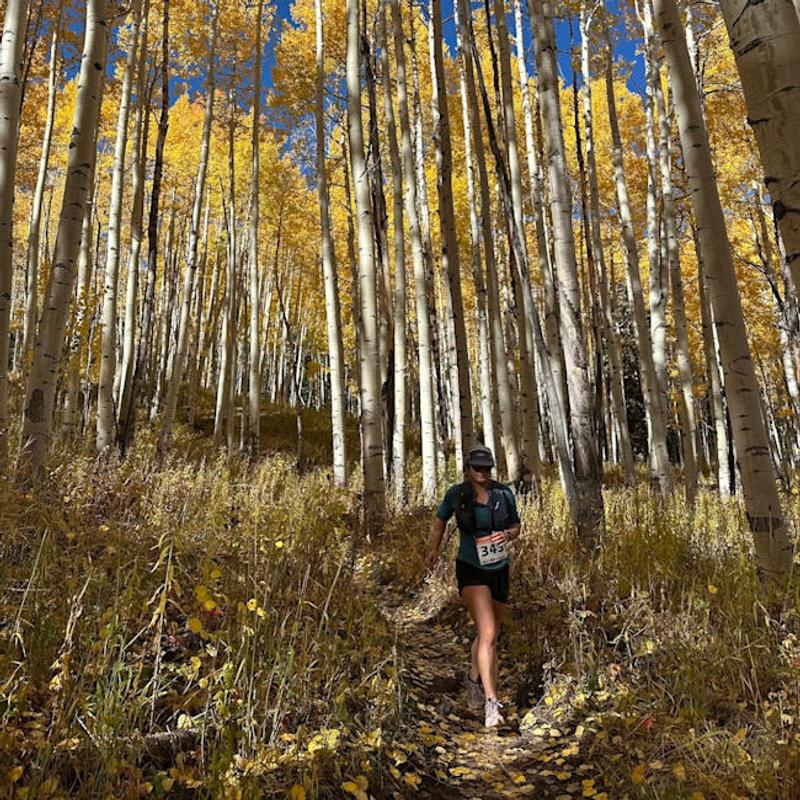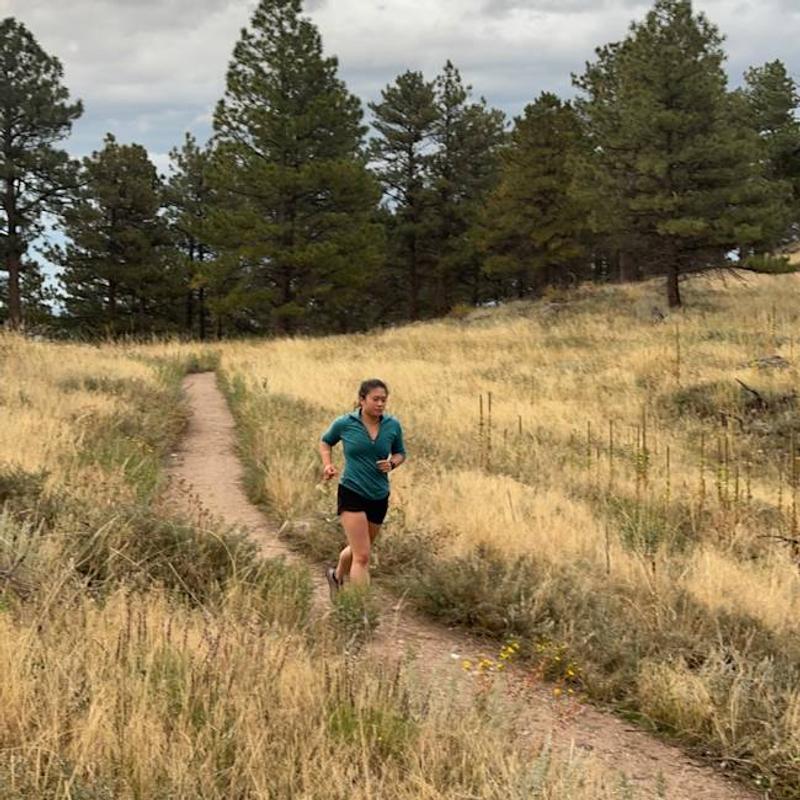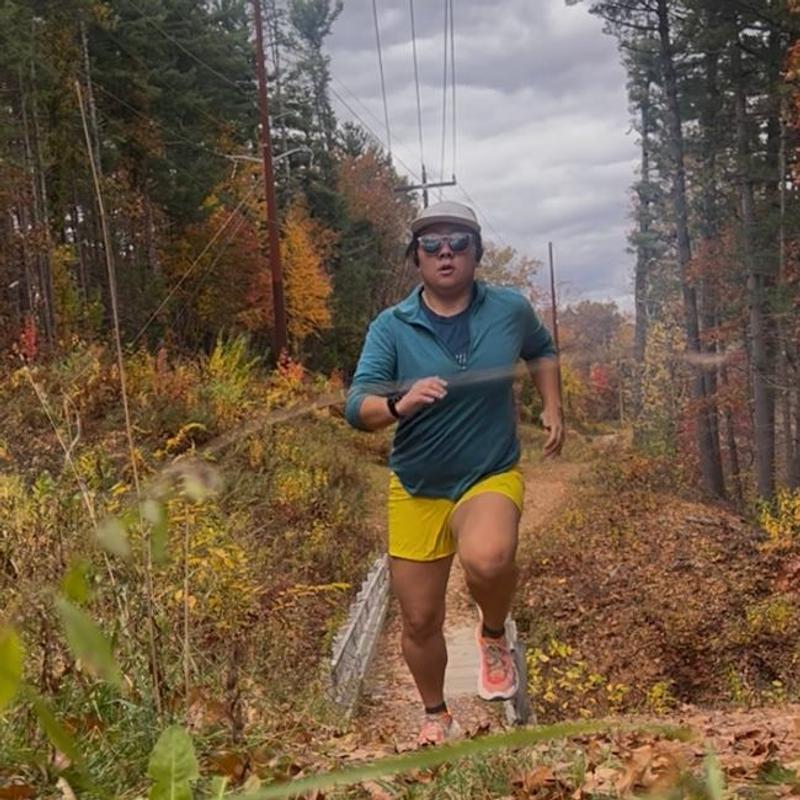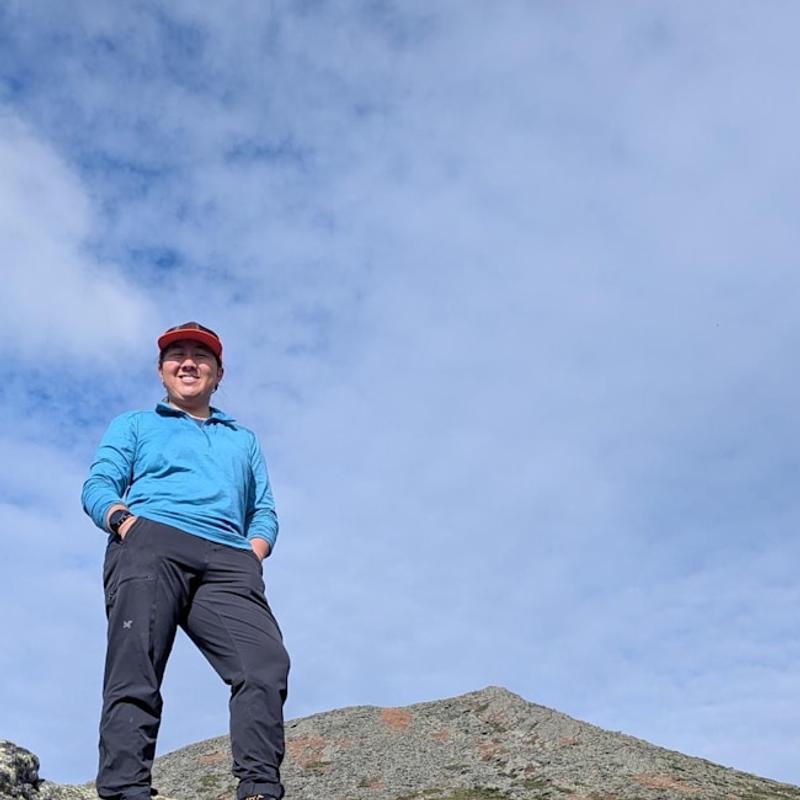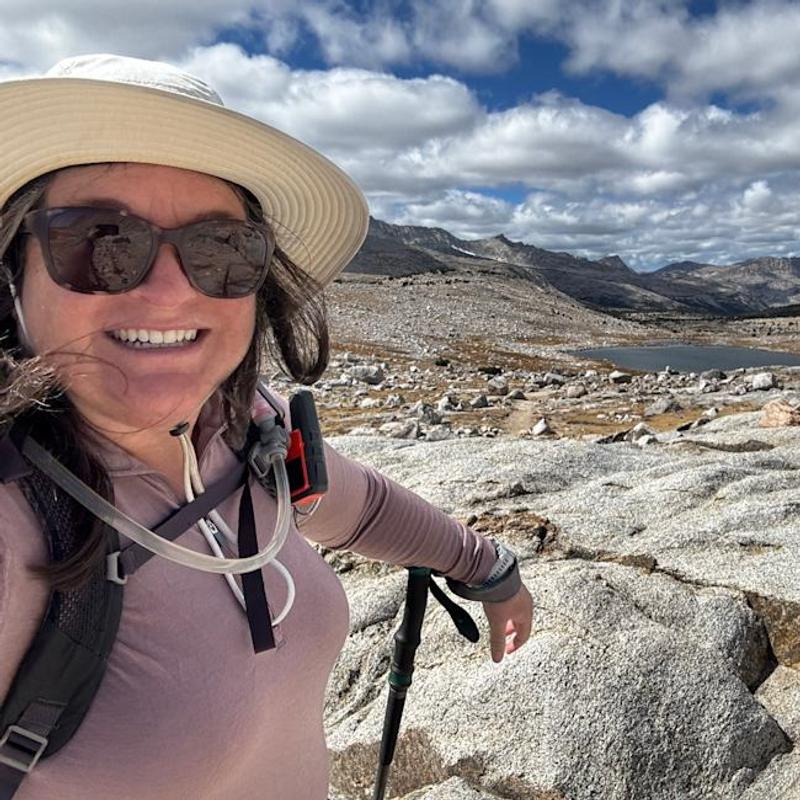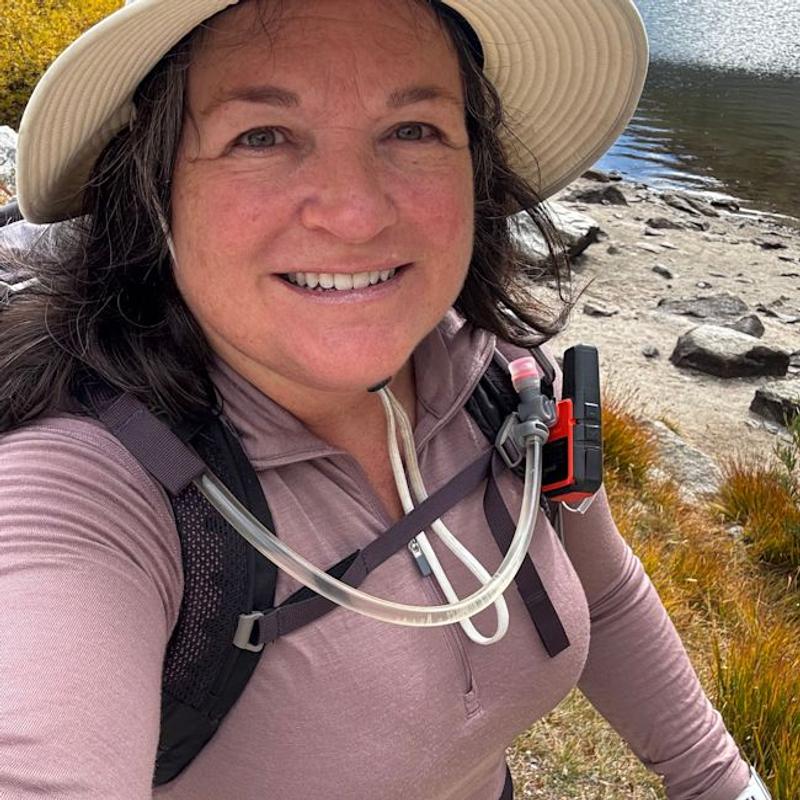

Icebreaker
Icebreaker Women's 200 Oasis Long Sleeve Half Zip Base Layer Top
Product Details
The 200 Oasis Long Sleeve Half Zip is Icebreaker's best-selling base layer—a versatile active top for year-round layering and everyday comfort. The soft, 100% merino jersey fabric is breathable, stretchy and odour-resistant, and flatlock seams provide chafe-free comfort.
PURE MERINO WOOL: A natural, breathable, annually renewable fibre resists odours, keeps you cool when it's hot and warm when it's not
HALF-ZIP CLOSURE
OFFSET SHOULDER SEAM TO PREVENT FRICTION
GUSSETED UNDERARMS FOR COMFORT & MOBILITY
FLATLOCK SEAMS PREVENT CHAFING
DROP TAIL HEM
CARE INSTRUCTIONS: Machine wash cold, no bleach. Hang to dry. Do not iron
| Advanced Technology | No Advanced Technology |
|---|---|
| Age Group(s) | Adult (18+) |
| Care Instruction(s) | Do Not Tumble Dry,Do Not Dry Clean,Do Not Iron,Hang to Dry,Do Not Bleach,Machine Wash Cold |
| Consumer Pack Size | 1 |
| Fit | Slim |
| Gender | Female |
| Neckline Style | 1/2 Zip |
| Number of Pockets | 0 |
| Primary Fabric 1 | Wool |
|---|---|
| Primary Fabric 1 Percentage | 100 |
| Second Size Range | Regular |
| Sleeve Length | Long Sleeve |
| Sustainability | ZQ Merino Wool Certified |
- Free Pick Up In-Store
- Free Standard Shipping on orders over $99
- Same-Day Delivery costs $9.99 per order
- Online Ordering Information
- Most products can be returned or exchanged at any Mark’s retail store
- Return to our warehouse via mail at your cost
- Returns must be made within 100 days to receive a full refund (minus the shipping charge)
- All returns without a receipt will be credited to a store merchandise card
- The return policy outlined above may not apply to the product you are currently viewing. For complete details and eligibility, please refer to our Return Policy for exceptions.
Customers Also Viewed
Review Highlights
Pros
Cons
Reviews
Average Customer Ratings
Customer Images and Videos
Filter Reviews
Versatile layer

Originally posted on ExpertVoice.com
Half Zips = amazing

Originally posted on ExpertVoice.com
Great lightweight merino half zip

Originally posted on ExpertVoice.com
Keep the adventures going!

Originally posted on ExpertVoice.com

Originally posted on ExpertVoice.com
icebreaker US gave me this free product to try.

Originally posted on ExpertVoice.com
a great top

Originally posted on ExpertVoice.com
Icebreaker: Cool When It Matters, Warm When It Counts

Originally posted on ExpertVoice.com



















